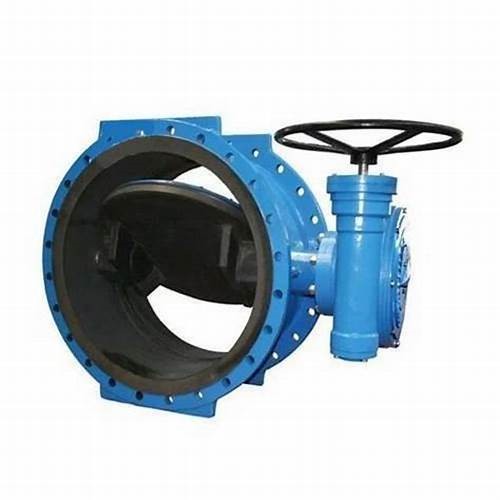Exploring the Design and Functionality of Fire Hydrant Flanges in Modern Infrastructure
Understanding the Importance of Hydrant Flanges in Fire Protection Systems
In modern urban environments, fire safety is paramount. Among the various components that facilitate effective firefighting efforts, the hydrant flange plays a crucial role. These flanges serve as a connection point between fire hydrants and water supply systems, ensuring that firefighters can access the necessary water quickly and efficiently during emergencies.
A hydrant flange, typically made of durable metal or composite materials, ensures a secure and leak-proof connection to the piping system. The design usually includes bolt holes arranged in a circular pattern, allowing for easy attachment to hydrants and pipes. The flange is critical in maintaining the integrity and stability of the hydrant, especially under high-pressure water delivery scenarios.
One of the key benefits of a well-designed hydrant flange is its ability to ensure a reliable flow of water. During a fire emergency, time is of the essence, and a malfunctioning or poorly connected hydrant can lead to catastrophic delays. Proper installation of the hydrant flange minimizes the risk of leaks or disconnections, guaranteeing a steady and robust supply of water when every second counts.
Furthermore, hydrant flanges come in various sizes and configurations to accommodate different types of hydrants and water systems
. Standardization in flange sizes and bolt patterns across regions helps firefighters quickly identify compatible equipment, reducing setup time. This uniformity also aids in maintenance and replacement, ensuring that fire departments can deploy their resources effectively.hydrant flange

Another critical aspect of hydrant flanges is their role in routine maintenance inspections. Firefighters and maintenance personnel regularly check hydrants and their flanges for signs of wear, corrosion, or damage. The flange’s condition directly impacts the overall functionality of the hydrant; therefore, addressing any issues promptly is essential to ensure readiness when emergencies arise.
The materials used in the construction of hydrant flanges are designed to withstand harsh environmental conditions. They are often treated to resist corrosion, weathering, and physical wear. With proper care, hydrant flanges can remain functional for many years, reducing the need for frequent replacements and thereby saving municipal budgets.
In some cases, hydrant flanges are equipped with additional features, like pressure relief valves and integrated sensors. These innovations enhance the functionality of the hydrant system, providing real-time data about water pressure and flow rates, which can be critical for effective firefighting strategies.
As urban areas continue to grow, the importance of efficient fire protection systems — including hydrant flanges — only increases. With the threat of wildfires and structural fires on the rise, ensuring that hydrants and their associated components are in optimal condition is a matter of public safety.
In conclusion, hydrant flanges may seem like a small component in the larger fire protection system, but their importance cannot be overstated. They are the unsung heroes that ensure firefighters can rapidly and effectively combat fires, safeguarding lives and property. Regular maintenance, adherence to standards, and continued innovation in flange design will be essential in supporting the vital role that hydrants play in our communities. Ultimately, investing in these critical components will lead to safer urban spaces and better preparedness in the face of fire emergencies.
-
Breakthrough in Domestic Low Temperature Valve Technology in ChinaNewsAug.18,2025
-
From Machinery to Intelligent Brain: The Digital Transformation Wave of the Valve IndustryNewsAug.18,2025
-
PCVEXPO 2025NewsAug.18,2025
-
The Key to Fluid Control: Exploring the Advantages of Ball Valves in Industrial SystemsNewsJul.09,2025
-
The Versatile World of 1, 2, and 3 Piece Ball ValvesNewsJul.09,2025
-
Stainless Steel Ball Valves: The Ideal Choice for Efficient Flow ControlNewsJul.09,2025
-
Optimizing Fluid Control with Ball Float ValvesNewsJul.09,2025




